Collection

All our IFS analysis of Chancellor Jeremy Hunt's Autumn Statement 2023.
Event: 23 November 2023 from 10:30 to 12:00
Download materials from the event
Download Paul Johnson's opening remarks as a PDF
PDF | 156.64 KB
Slides on the public finances by Carl Emmerson
PDF | 230.93 KB
Slides on public service spending by Bee Boileau
PDF | 214.43 KB
Slides on personal taxes and benefits by Sam Ray-Chaudhuri
PDF | 382.84 KB
Slides on full expensing for corporation tax by Isaac Delestre
PDF | 153.55 KB
Inflation may be coming down, but it was increases in the OBR’s forecast for inflation that saved the Chancellor’s bacon yesterday. That is largely what is driving higher tax revenues over the next few years despite a downgrade in real growth prospects, and it is doing so by more than enough to offset higher spending on debt interest and welfare benefits. Meanwhile higher economy wide inflation – measured by the GDP deflator – is, because departmental spending plans are not being sufficiently topped up in response, resulting in lower real terms spending on public services both now and in the future.
That, in essence, is how we end up with an economy in a few years time no bigger than the OBR was forecasting in March, and with higher debt interest spending, but with new tax cuts, and with debt falling by a similarly tiny margin to that previously forecast.
There were two substantial tax cuts – cuts to NICs and making full expensing in corporation tax permanent. Yet the projected tax burden is still set to reach 37.7 per cent of GDP by the end of the forecast period: its highest ever level in the UK. Effectively those cuts offset the additional revenue generated by that additional inflation.
Put another way, the tax cuts are paid for by planned real cuts in public service spending.
The net result is that Mr Hunt is, by the narrowest of tiny margins, still on course to meet his (poorly designed) fiscal rule that debt as a fraction of national income should be falling in the last year of the forecast period. In reality debt is set to be just about flat at around 93 per cent of national income over the whole period. And that is on the basis of a series of questionable, if not plain implausible, assumptions. It assumes that many aspects of day to day public service spending will be cut. It assumes a substantial real cut in public investment spending. It assumes that rates of fuel duties will rise year on year with inflation – which they have not done in more than a decade and they surely will not do next April. It assumes that the constant roll over of “temporary” business rates cuts will stop. It assumes, of course, that the economy doesn’t suffer any negative shocks.
Like his predecessors Mr Hunt has taken a modest improvement in the public finance forecasts and spent most of it. He has spent up front and told us he will meet his targets largely by unspecified fiscal restraint at some point in the future. What he will do in March if the OBR downgrades its forecasts we do not know. Any such downgrading would leave him with a big headache. More importantly he or his successor is going to have the mother and father of a headache when it comes to making the tough decisions implied by this statement in a year or two’s time.
The big picture
The big picture remains rather as we have known it for a while now. Both tax and spending are at high levels by historic standards. Debt interest spending is set to remain around 2 per cent of GDP higher than it was back in 2019. That’s the same as the entirety of the defence budget. Just stabilising debt requires us to run a substantial primary surplus – bringing in more in revenue than is spent on everything other than debt interest. We have not done that since the turn of the century. Given the level of debt and debt interest we will need to get used to running these surpluses. That means government taking more from us than it gives back on everything other than paying interest on its debt.
That’s one reason that high tax and spending isn’t translating into better public services.
There’s another reason why what were intended to be genuinely big increases in public service spending over this parliament have not translated into much better public services. Higher-than-expected inflation has eaten into their purchasing power. It turns out that economy wide inflation is running MUCH higher than the OBR thought back in March. That doesn’t come as a great surprise. The assumption that it was so much lower than CPI inflation always looked fragile. But whereas cumulative growth in the GDP deflator (the relevant measure of inflation) over the parliament was forecast to be 13.3% at the 2021 Spending Review, and 16.1% in March, that now stands at 21.4%. The chancellor compensated public services in this year for only about a quarter of that increase in costs – in real terms they are about £13 billion down on where they expected to be in the spring. The real annual increase in public service spending over this parliament looks like being something like 2 per cent – roughly the long run average - rather less than the 3 per cent or so planned back in March, and indeed at the 2021 Spending Review.
Over the next few years total spending is set to fall, but to remain around three per cent of national income above its pre pandemic level, with nearly two thirds of that increase resulting from those higher debt interest payments. The rest is more than explained by higher spending on health and higher spending on benefits and state pensions.
The Chancellor has pencilled in numbers that suggest he wants to try to wrestle the size of the state back down towards where it was in 2019. Given the demands of servicing our debt, and presumably paying for more healthcare and pensions, achieving that will require some sharp cuts in many areas of public spending. It would also result in a continued change in the shape of the state. We reckon that these numbers would imply day to day spending by the Department of Health and Social Care reaching 45 per cent of total resource DEL, up from 40 per cent pre-pandemic, and 25 per cent at the turn of the century.
That is one measure of the pain that would be inflicted on many other public services under these plans. George Osborne managed to get the size of the state back down after the financial crisis. That was painful. Doing it again will be more painful still. Mr Osborne made his cuts after a decade of big spending increases. Mr Hunt, or his successor, will have no such luxury.
Personal tax and welfare changes
It bears repeating that the £10 billion or so cut in the NIC rates pales into relative insignificance alongside the long-term increase in personal taxes created by the six year freeze in allowances and thresholds. Higher than expected inflation has added around £14 billion to the size of that fiscal drag just since March, taking the total to some £50 billion. As a result, the level of personal taxation expected in 2027-28 is much the same as was expected after the March Budget. The NICs cut is essentially, though not quite, offsetting greater than expected fiscal drag.
If you are going to cut the rate of either income tax or NICs, though, cutting the NI rate was the right decision – and an unusual one. Over the past 40 years NI rates have tended to rise as the basic rate of income tax has been cut. This is in fact the first cut to the main NI rate in modern history (other than the reversal of the short lived 2022 increase that was to become the health and social care levy that was never actually implemented). Until now this was a tax that only seemed to go one way.
Cutting the NI rate reduces the wedge between tax rates on earnings and other incomes, and reduces the difference between how we tax pensioners and those of working age. One of the consequences of this, plus increasing the NI threshold back in 2022, and the fact that the income tax personal allowance for pensioners was aligned with that for those of working age back in the 2010s, means that average tax rates on pensioners and on workers have converged quite a lot. To take one example. A pensioner on £25,000 pays about £400 more in income tax than they would have done back in 2010, while a worker on the same income will pay about £1,200 less in income tax and NI. In 2010 the employee would have paid about £2,750 more than the pensioner, they will now pay £1,250 more. This is unequivocally a good thing. Back in 2010 around half of pensioners paid any income tax. Now more than two thirds do.
The same is certainly not true of what has happened in the benefit system. It was very striking hearing Mr Hunt announcing in the same sentence the percentages by which pensioner benefits and working age benefits will rise next April: by 8.5 per cent and 6.7 per cent respectively. This is part of a much longer trend of diverging generosity. Minimum benefit entitlements for pensioners are now some 2.4 times higher than for people just under pension age.
Beyond confirming that pensions and benefits would be raised in line with the triple lock on the one hand and inflation on the other, after the now seemingly annual game of hinting they might not be, there were two genuine big benefit changes announced.
The rebasing of the Local Housing Allowance so that it covers rents up to those at the 30th percentile in the local area was welcome. Our work earlier this year – cited by the Chancellor in his Budget speech – showed that freezing at 2019 levels had left 95 per cent of available properties at rents above what LHA would cover. And don’t forget some four in ten private renters receive some help with their rent through the benefit system. It made no sense to freeze support at whatever happened to be local rent levels as of four years ago. The shift to 2023 levels, while welcome, is also predicated on freezing support indefinitely at that level. We have seen twice now that this is not a sustainable policy. Having picked a level, it should be indexed.
Reforms to tighten the eligibility criteria for higher rates of incapacity related Universal Credit reflect concerns that increasing numbers of people are being assessed as not able to engage in work related activity. Numbers in this category have near enough doubled from just over a million in 2014 to around 2.4 million today. They are excused the need to look for or prepare for work, and they typically receive an additional £390 a month in benefits. In the longer run further reforms will end the split between assessments for these incapacity benefits and for disability benefits (Personal Independence Payment) and stop linking payment to work status at all.
Experience suggests that controlling spending will be challenging. The PIP caseload has increased really dramatically in recent years. Numbers flowing on have doubled since pre-pandemic.
Business taxes
Mr Hunt has described making permanent full expensing for plant and machinery in corporation tax as “the biggest business tax cut in history”. That is an overblown claim. It is very expensive in the short to medium term, but the OBR yesterday confirmed our view that this is no more than a £3 billion a year tax cut in the longer run. This April’s increase in the rate of corporation tax from 19 to 25 per cent was an £18 billion a year tax rise.
That’s not to say it is not broadly welcome. Certainly, making it a permanent feature of the system makes a whole lot more sense than having it there temporarily. It is far from perfect though. It applies only to investment in plant and machinery, thereby favouring some sorts of investments over others, and it provides a big tax subsidy to debt financed investment. These issues ought to be ironed out in a more thoroughgoing reform of corporation tax.
We also saw another year of business rates relief for smaller businesses in the retail, hospitality and leisure sectors, at a cost of over £2.5 billion. This is becoming one of those “temporary” reliefs that gets rolled over every year. For the retail sector a version of it has now been in place since 2019. For hospitality and retail it was introduced as an emergency measure to help business through Covid. Lockdowns are long over but this “temporary” relief remains. This is no way to make policy.
Conclusion
The fiscal forecasts have not in any real sense got better. Debt is not declining over time. Taxes are still heading to record levels. Spending is also due to stay high by historic standards, not least because of high debt interest payments. But those payments plus pressures on health and pension spending mean current plans are for some pretty serious cuts across other areas of public spending. How did Mr Hunt afford tax cuts when real economic forecasts got no better? He banked additional revenue from higher inflation, and pencilled in harsher cuts to public spending.
I’m not sure I’d want to be the chancellor inheriting this fiscal situation in a year’s time.
Analysis
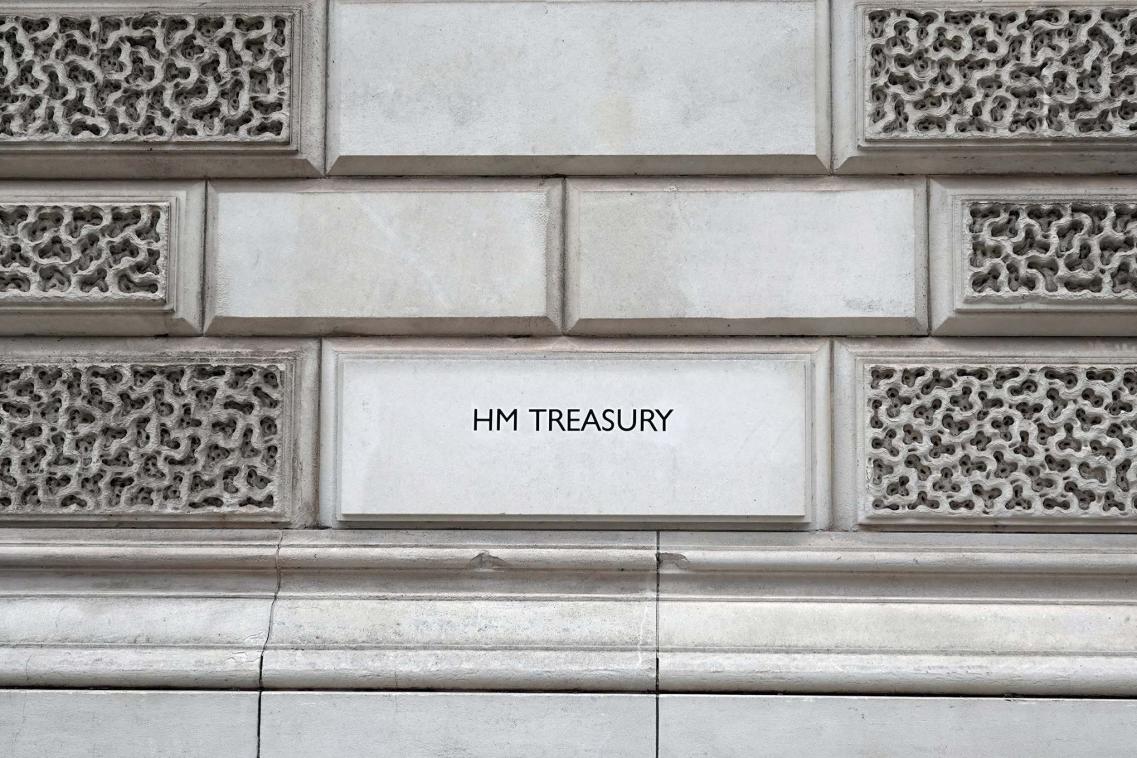
Talk of a ‘doom loop’ in the public finances is for very good reasons
5 December 2023
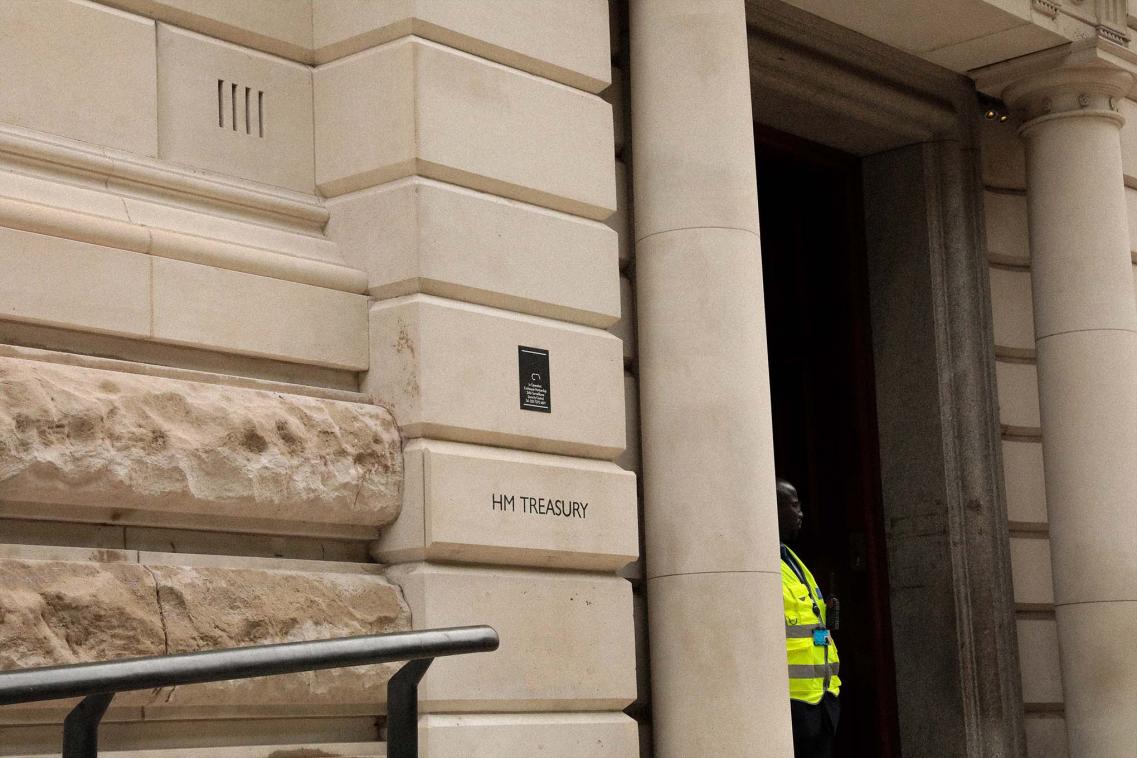
The Autumn Statement explained
24 November 2023

What does the Autumn Statement mean for local government and public service spending?
24 November 2023
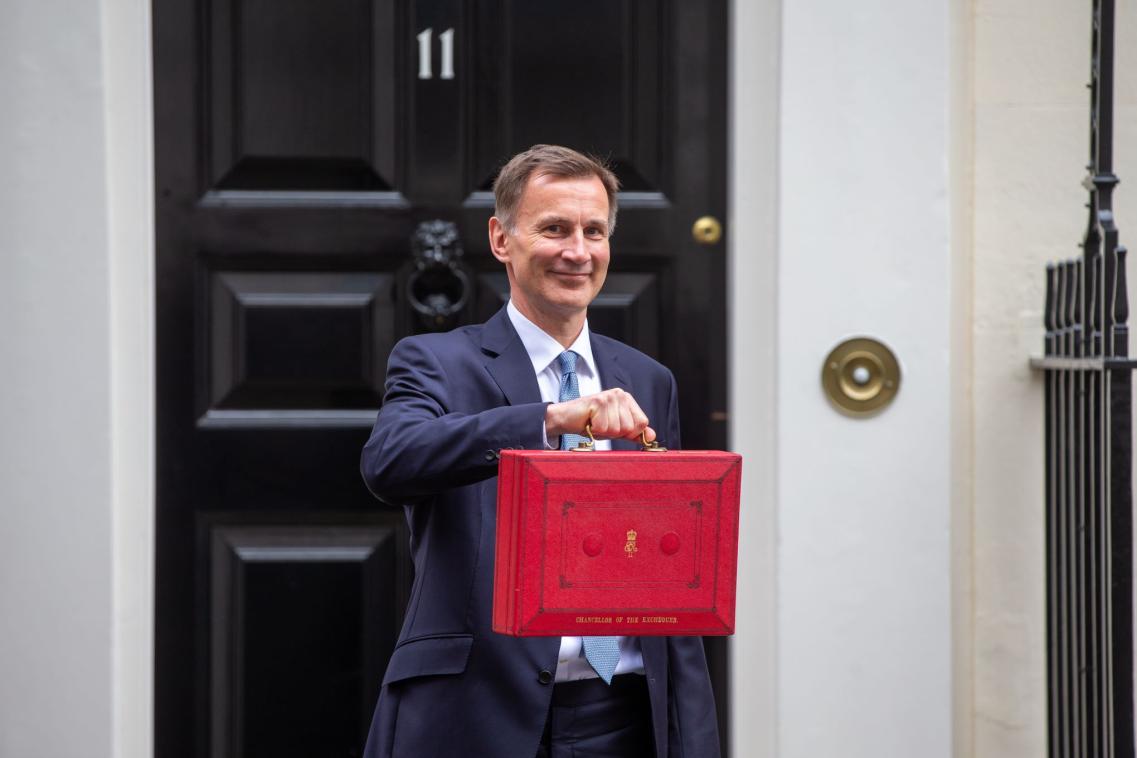
Autumn Statement 2023: IFS analysis
23 November 2023

2p cut is welcome but fiscal risks are serious
23 November 2023
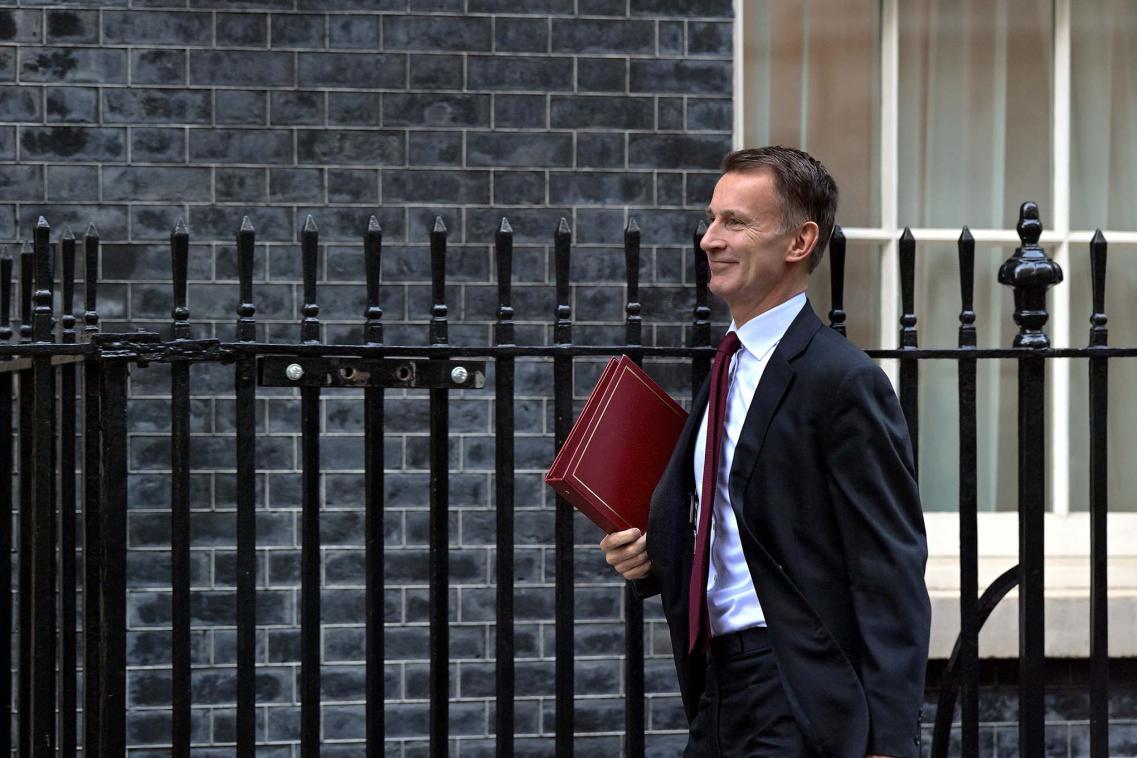
Autumn Statement 2023 response
22 November 2023
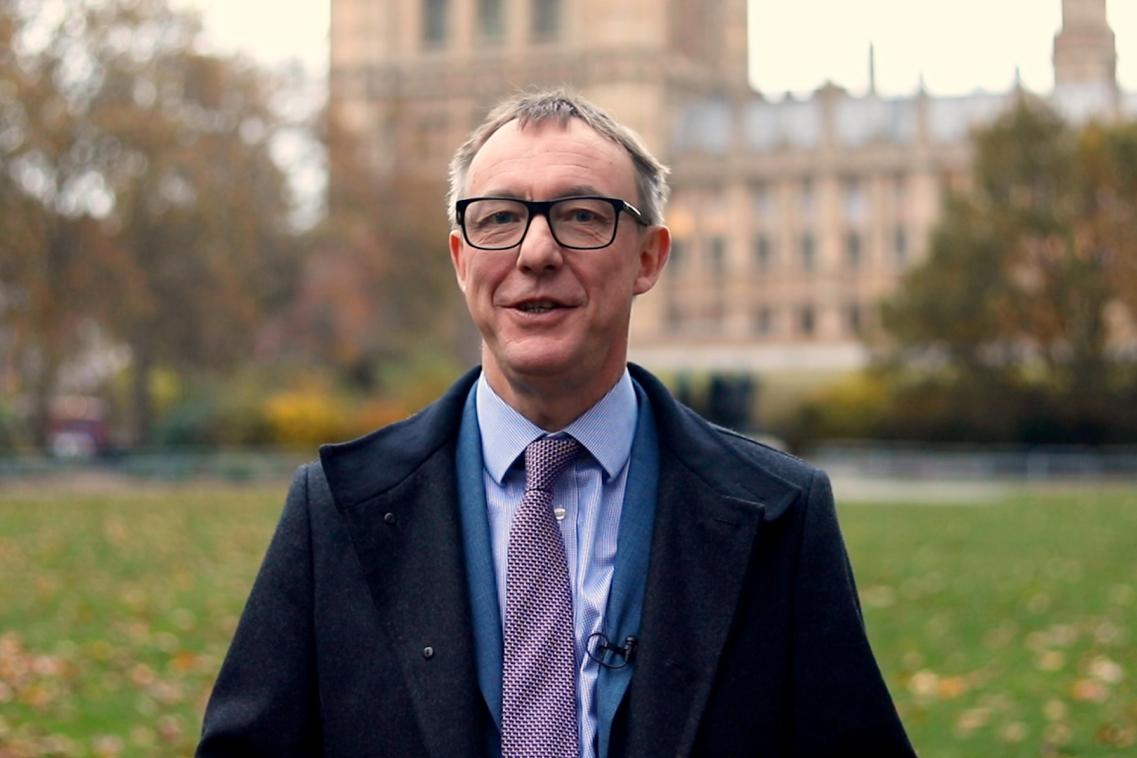
The Autumn Statement 2023 explained in 90 seconds
22 November 2023

Cutting inheritance tax isn’t quite as simple as its proponents suggest
20 November 2023

Halving inheritance tax would give away an average of £180,000 to the top 5% of estates at death
18 November 2023

Using October rather than September inflation to uprate working-age benefits represents a £3 billion cut
16 November 2023
Event
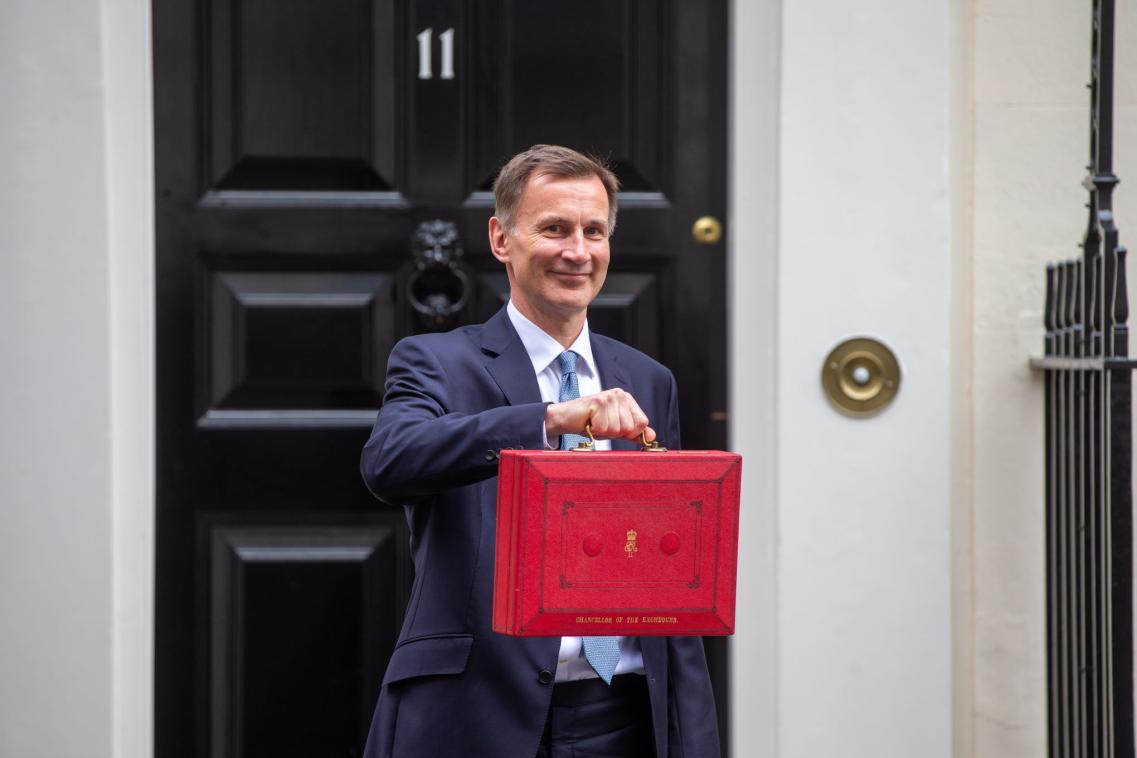
Autumn Statement 2023: IFS analysis
Background
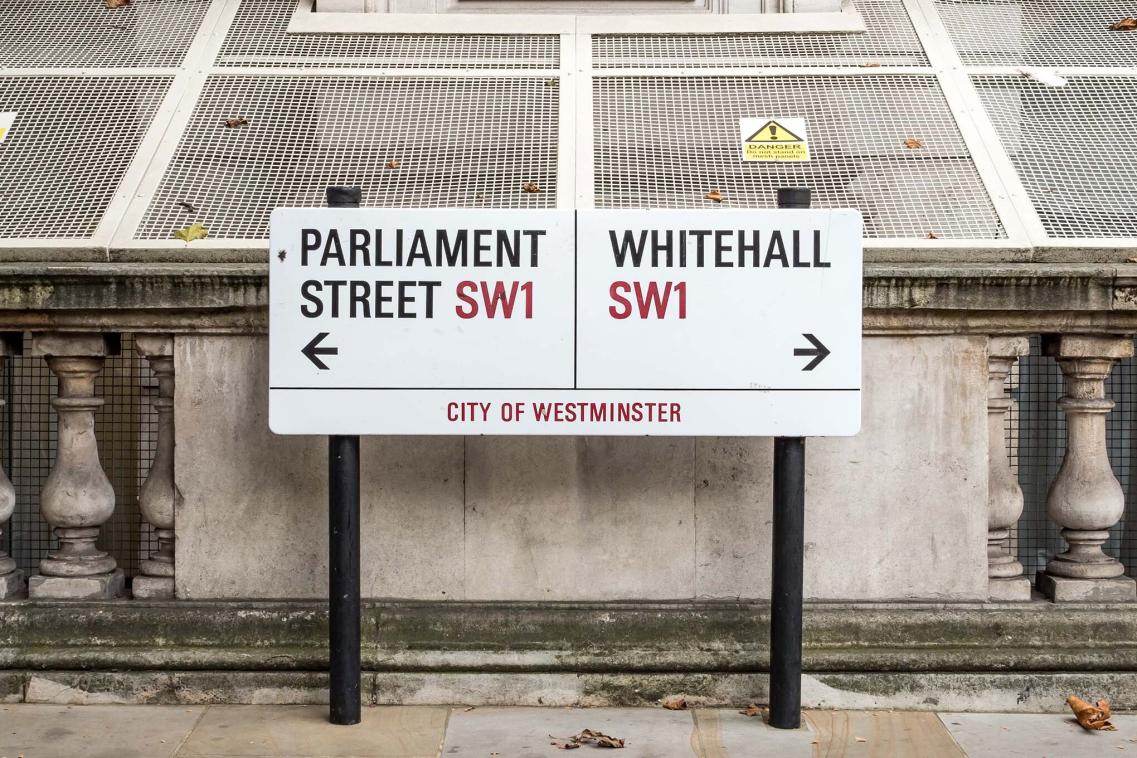
IFS Green Budget 2023
17 October 2023
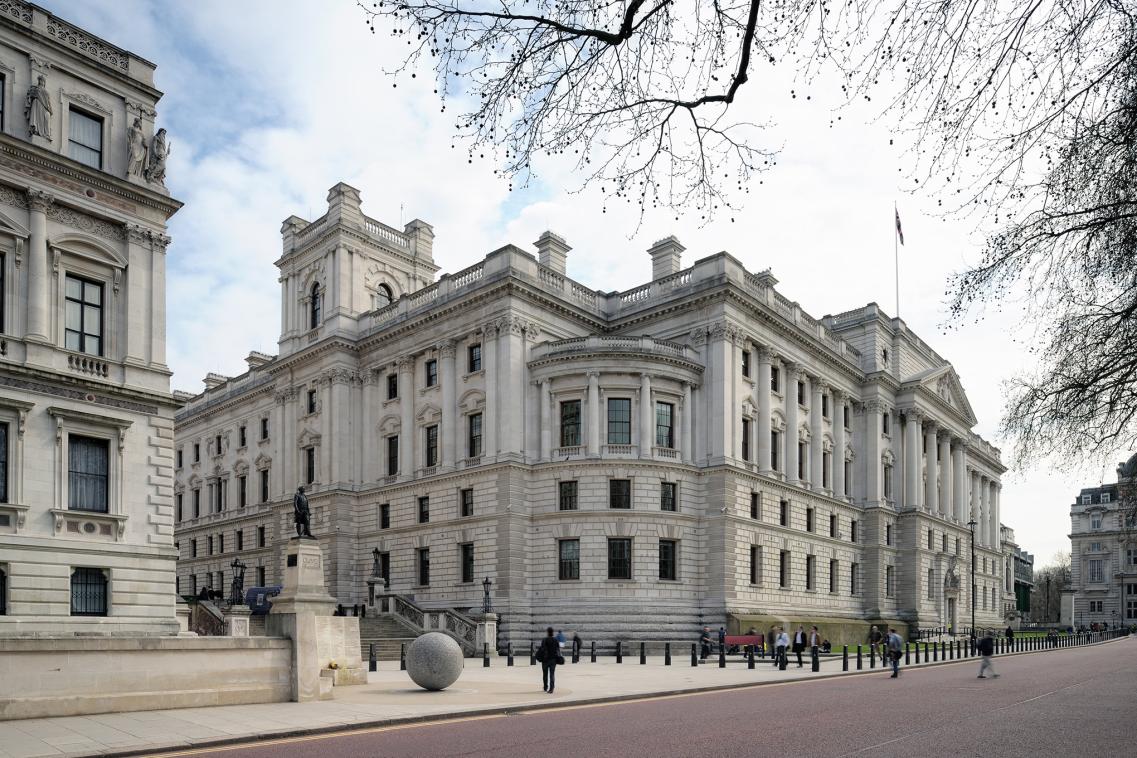
Policy risks to the fiscal outlook
17 October 2023

The economic picture facing the Chancellor
18 October 2023
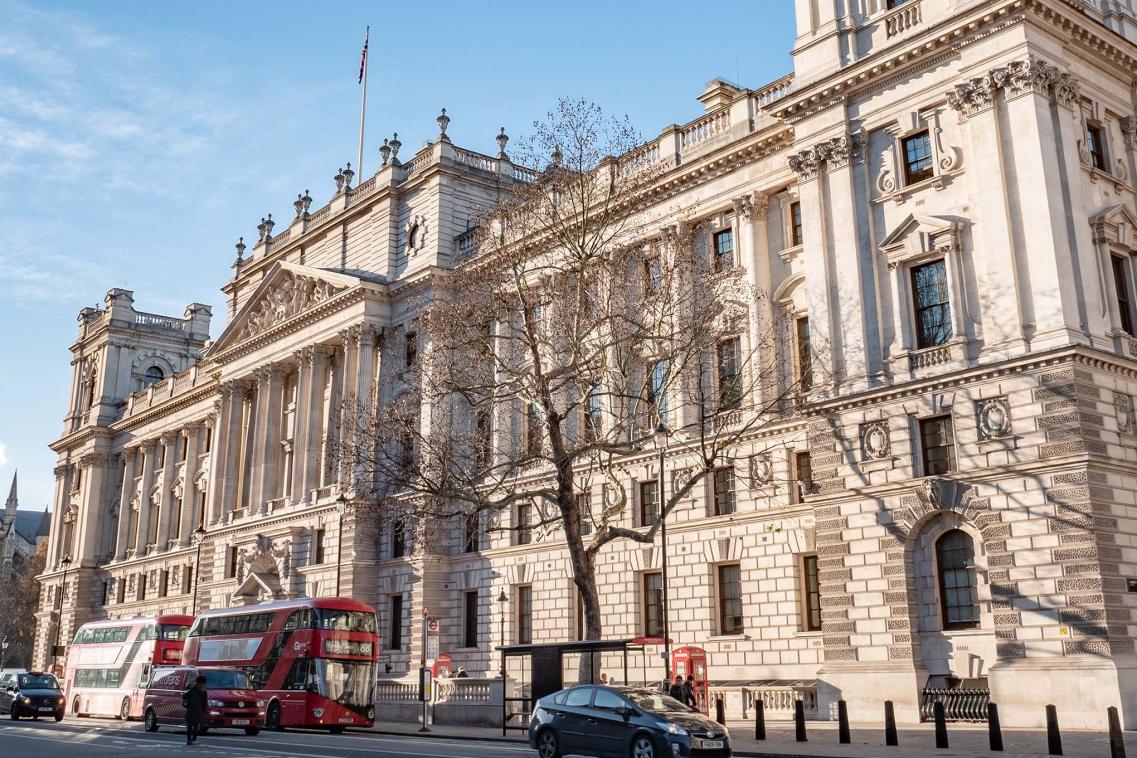
Outlook for the public finances
17 October 2023

Debt can be redefined but it won’t disappear. Hard decisions are needed
23 October 2023

Reforming inheritance tax
27 September 2023

What is the point of inheritance tax?
29 September 2023

Inheritance tax raises £7bn a year. It needs reform.
10 October 2023

Full expensing and the corporation tax base
6 October 2023
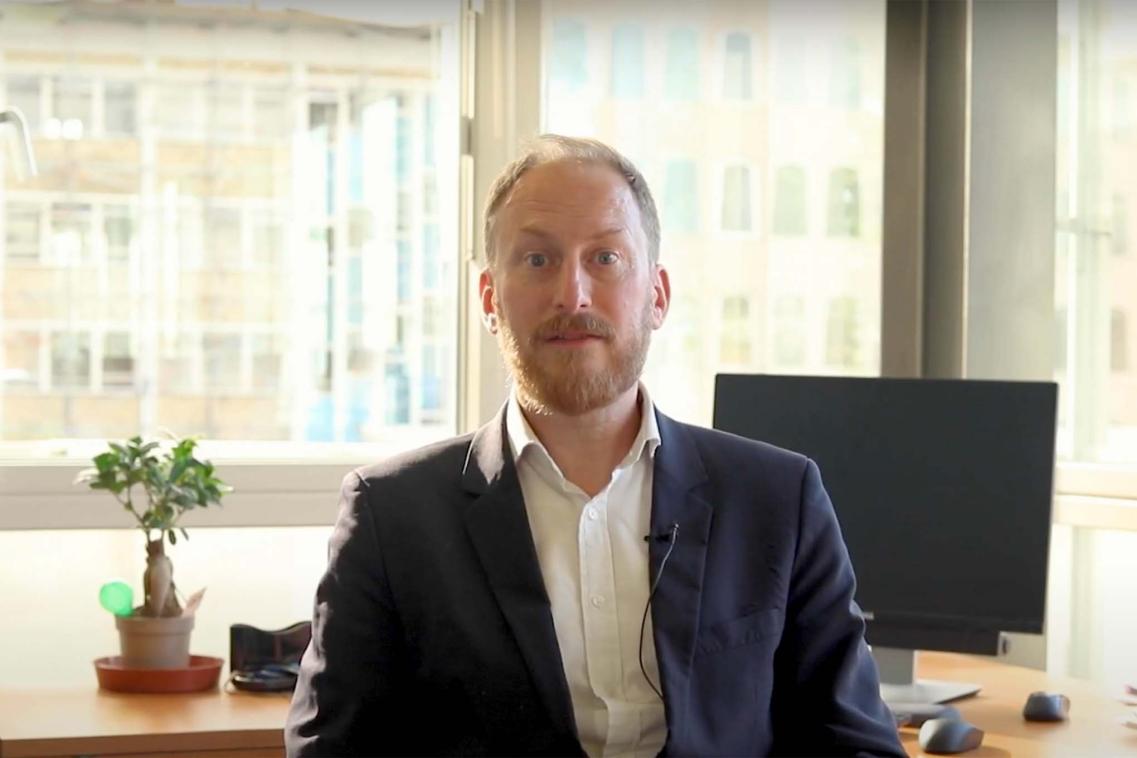
Now is not the time for tax cuts
18 October 2023
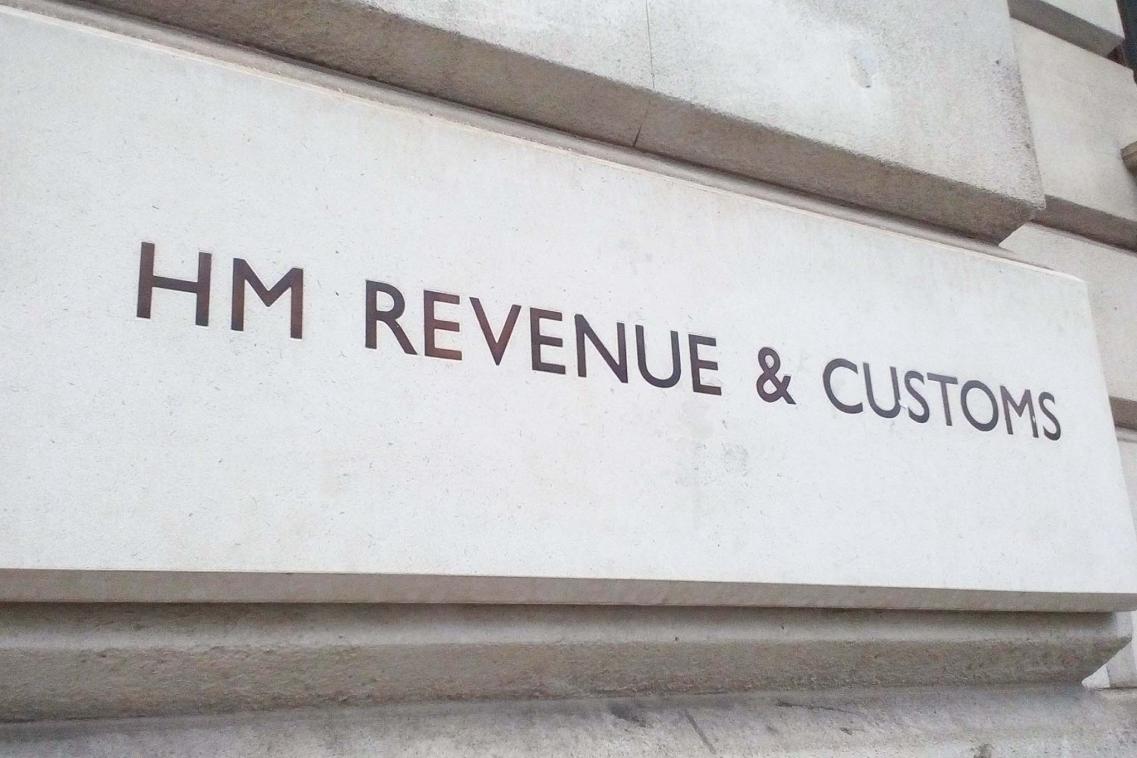
This will be the biggest tax-raising parliament on record
29 September 2023
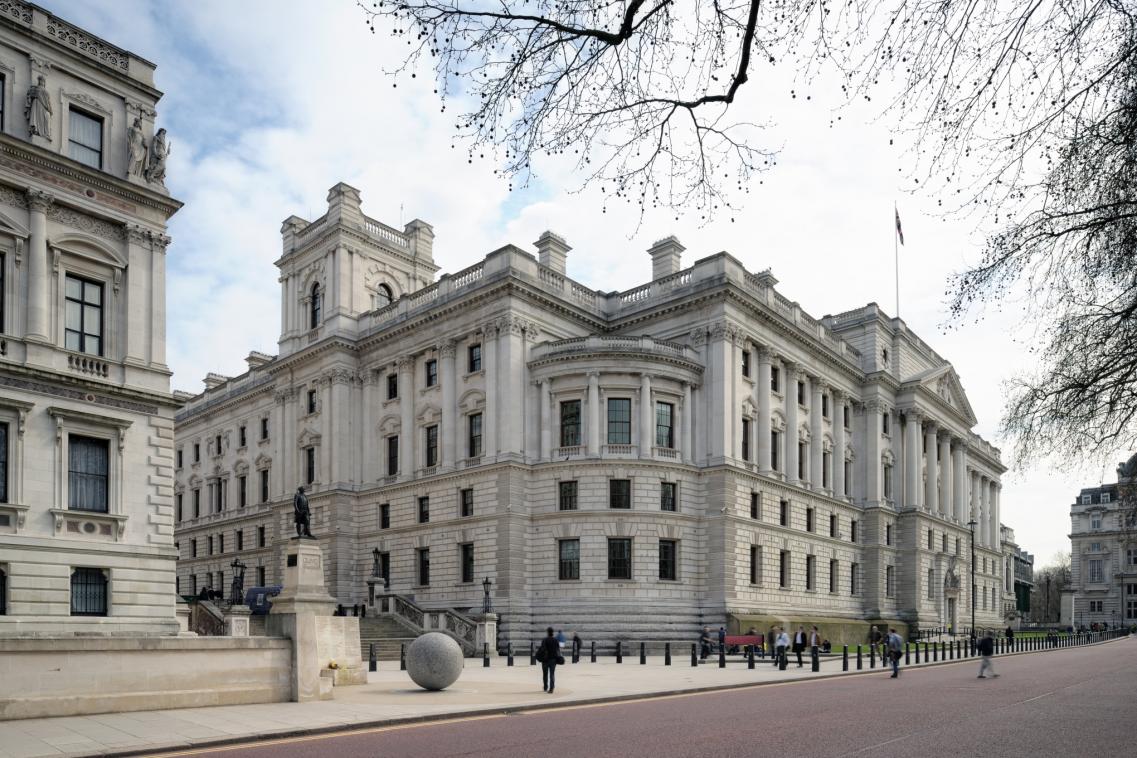
Taxes could be cut within broader reforms
2 November 2023
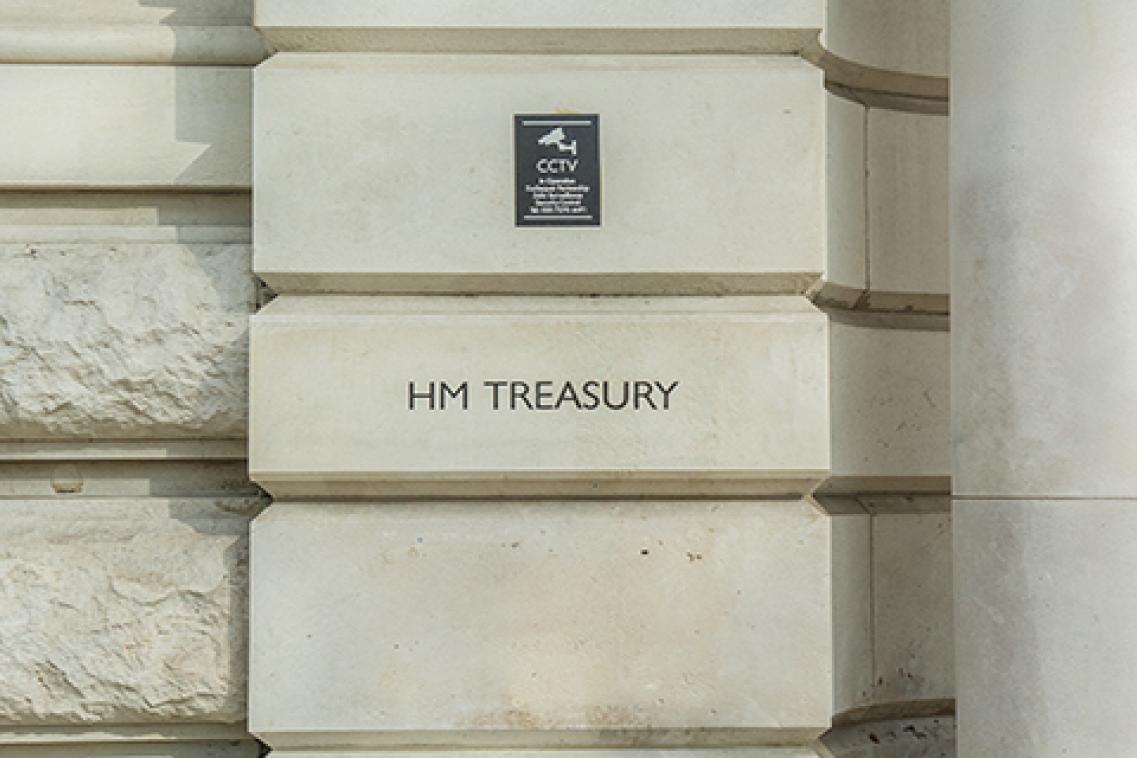
This will be the biggest tax-raising parliament on record
29 September 2023

The effects of reforms to the Work Capability Assessment for incapacity benefits
26 October 2023

Benefits and tax credits
1 February 2023

Housing quality and affordability for lower-income households
27 June 2023
Collection details
- Publisher
- Institute for Fiscal Studies
More from IFS
Understand this issue

Election Special: Your questions answered
27 June 2024

What is the two-child limit in benefits?
27 June 2024

What are the challenges in getting debt on a falling path?
28 June 2024
Policy analysis
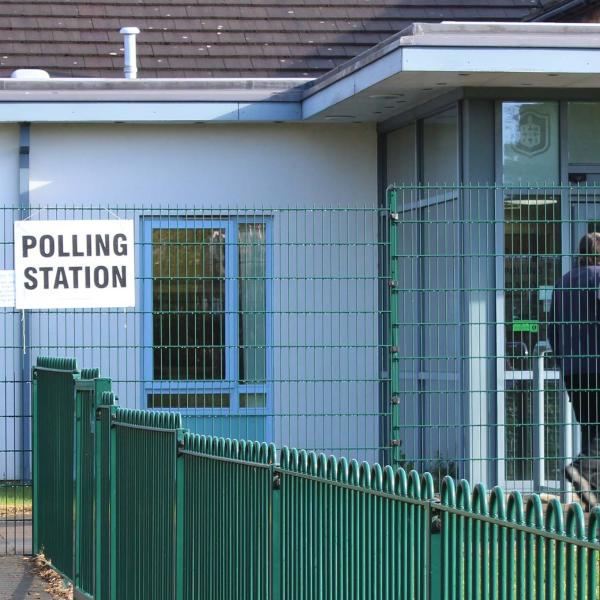
What are the parties’ plans for benefits and taxes?
24 June 2024

How would the parties’ tax and spending plans affect Scotland and Wales?
28 June 2024

Free breakfast clubs in schools: what Labour’s plans would mean for pupils and families
25 June 2024
Academic research
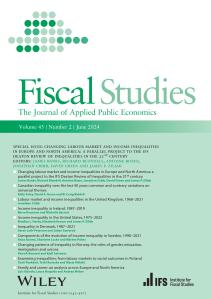
Income inequality in Ireland, 1987–2019
28 June 2024

Inequality in Denmark, 1987–2021
28 June 2024
